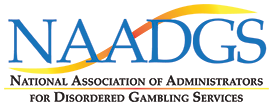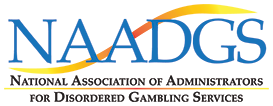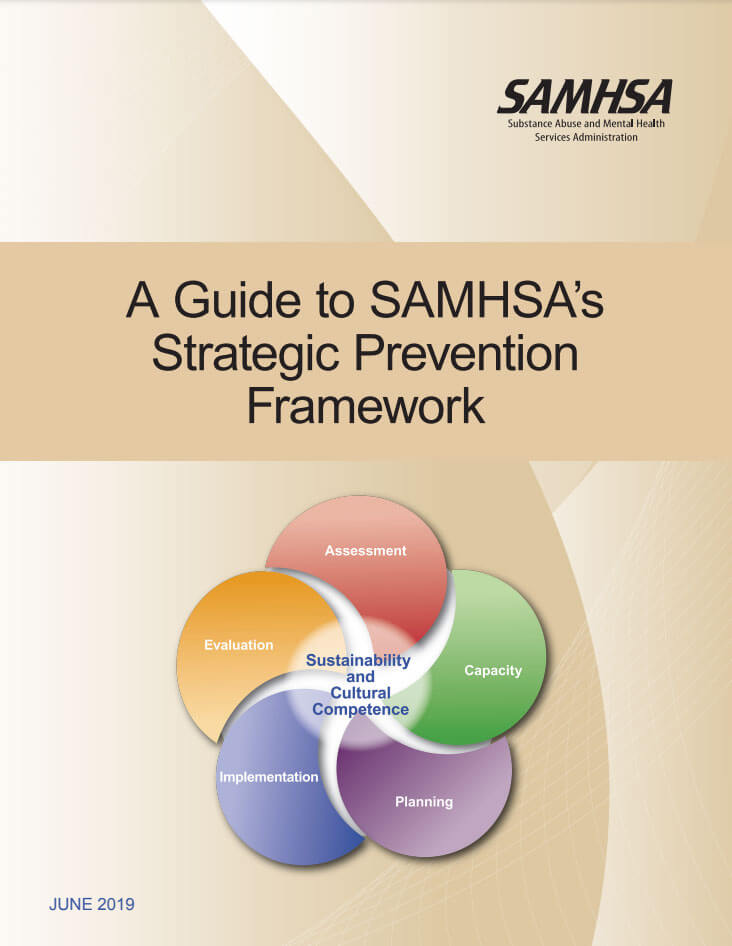Prevention planners are pressed to put in place solutions to urgent substance misuse problems facing their communities. But research and experience have shown that prevention must begin with an understanding of these complex behavioral health problems within their complex environmental contexts; only then can communities establish and implement effective plans to address substance misuse.
To facilitate this understanding, SAMHSA developed the Strategic Prevention Framework (SPF). The five steps and two guiding principles of the SPF offer prevention planners a comprehensive approach to understanding and addressing the substance misuse and related behavioral health problems facing their states and communities.
The SPF includes these five steps:
- Assessment: Identify local prevention needs based on data (e.g., What is the problem?)
- Capacity: Build local resources and readiness to address prevention needs (e.g., What do you have to work with?)
- Planning: Find out what works to address prevention needs and how to do it well (e.g., What should you do and how should you do it?)
- Implementation: Deliver evidence-based programs and practices as intended (e.g., How can you put your plan into action?)
- Evaluation: Examine the process and outcomes of programs and practices (e.g., Is your plan succeeding?)
The SPF is also guided by two cross-cutting principles that should be integrated into each of the steps that comprise it:
- Cultural competence. The ability of an individual or organization to understand and interact effectively with people who have different values, lifestyles, and traditions based on their distinctive heritage and social relationships.
- Sustainability. The process of building an adaptive and effective system that achieves and maintains desired long-term results.
A Guide to SAMHSA’s Strategic Prevention Framework2021 Pennsylvania Problem Gambling Annual Report
Acknowledgements
The content of this report was developed by SAMHSA staff. The final report was formated for the Substance Abuse and Mental Health Services Administration (SAMHSA) under contract number HHSS283176901 with SAMHSA, U.S. Department of Health and Human Services (HHS). Claudia Richards served as contracting officer representative.
Disclaimer
The views, opinions, and content of this publication are those of the authors and do not necessarily reflect the views, opinions, or policies of SAMHSA or HHS. Nothing in this document constitutes a direct or indirect endorsement by SAMHSA or HHS of any non-Federal entity’s products, services, or policies, and any reference to non-Federal entity’s products, services, or policies should not be construed as such.
This publication may not be reproduced or distributed for a fee without the specific, written authorization of the Office of Communications, SAMHSA, HHS.


